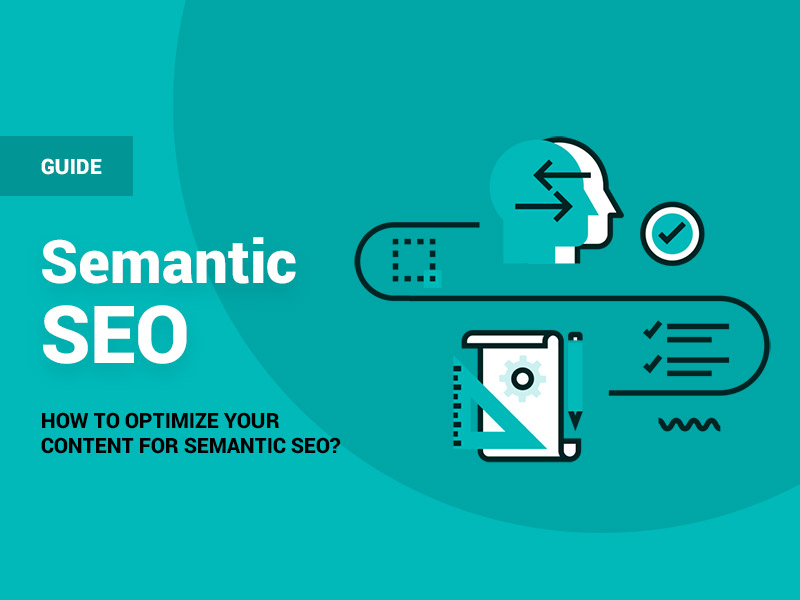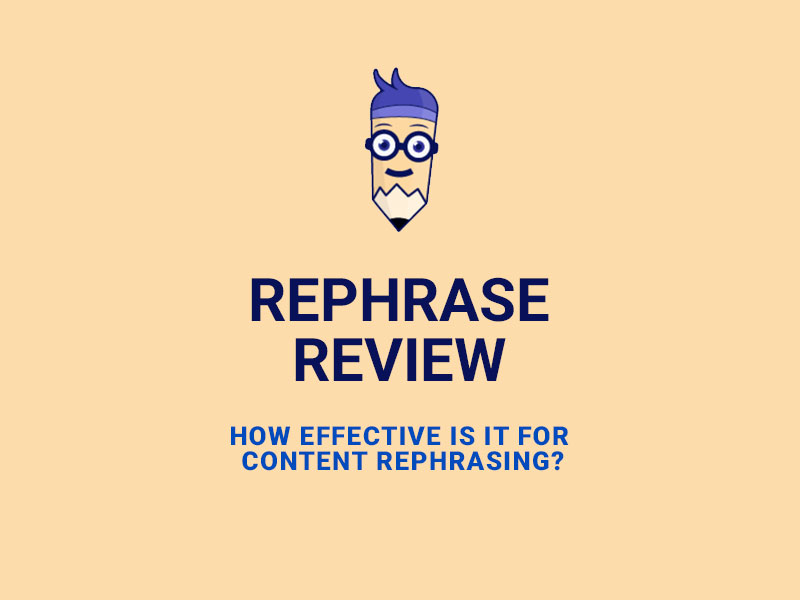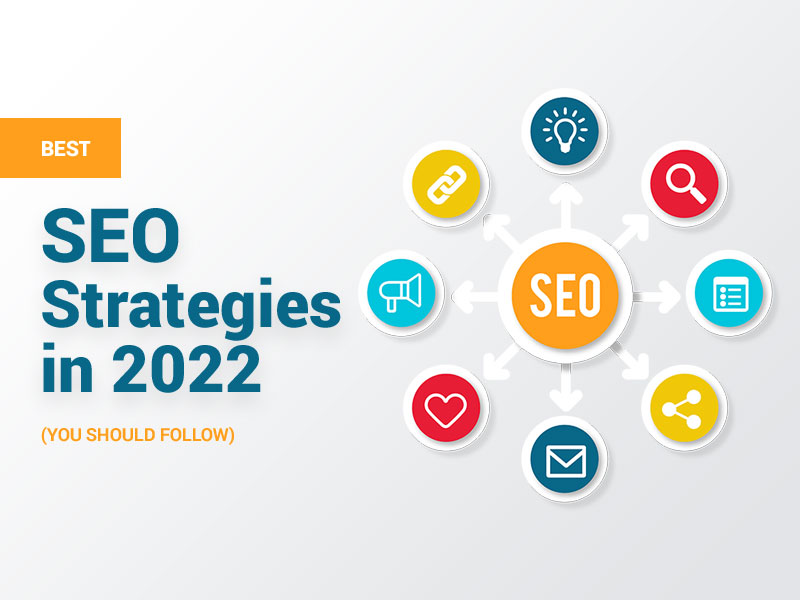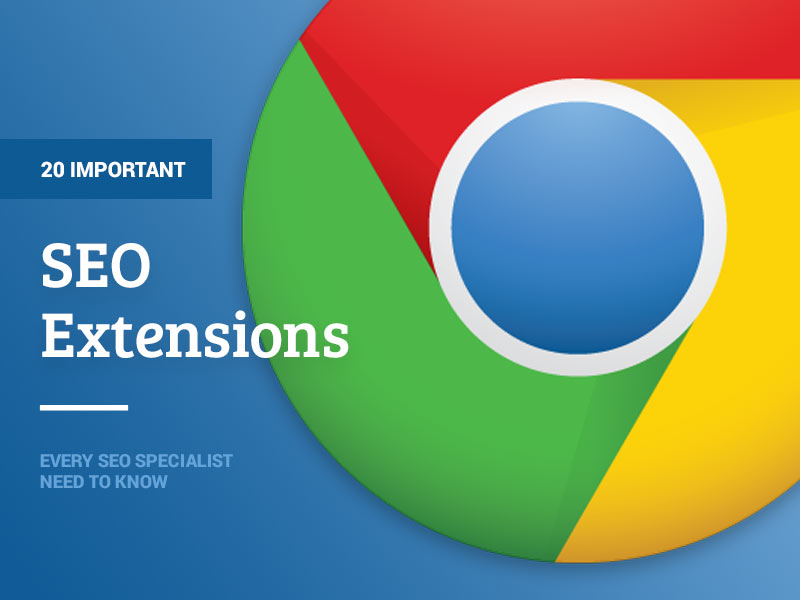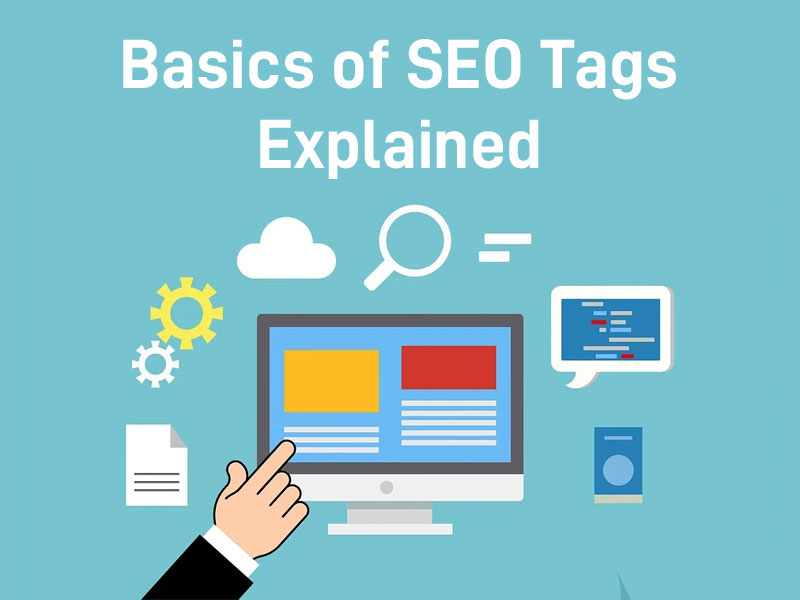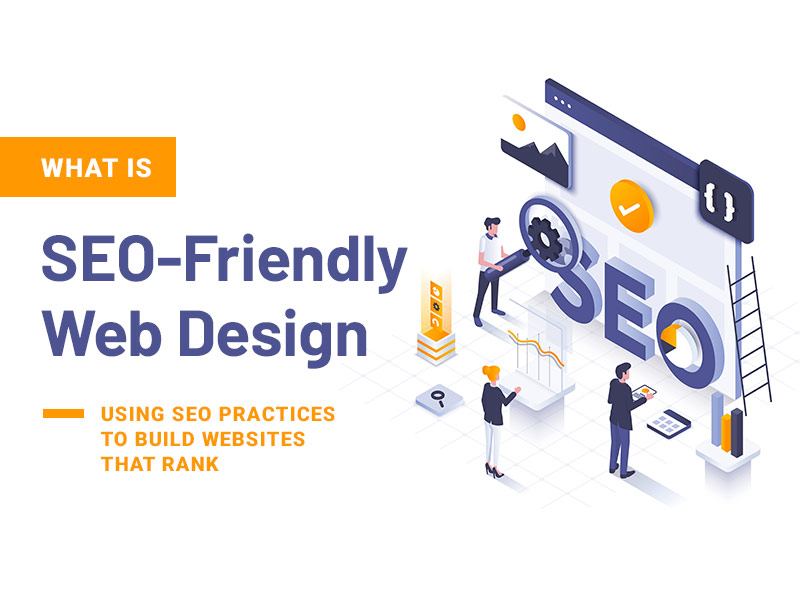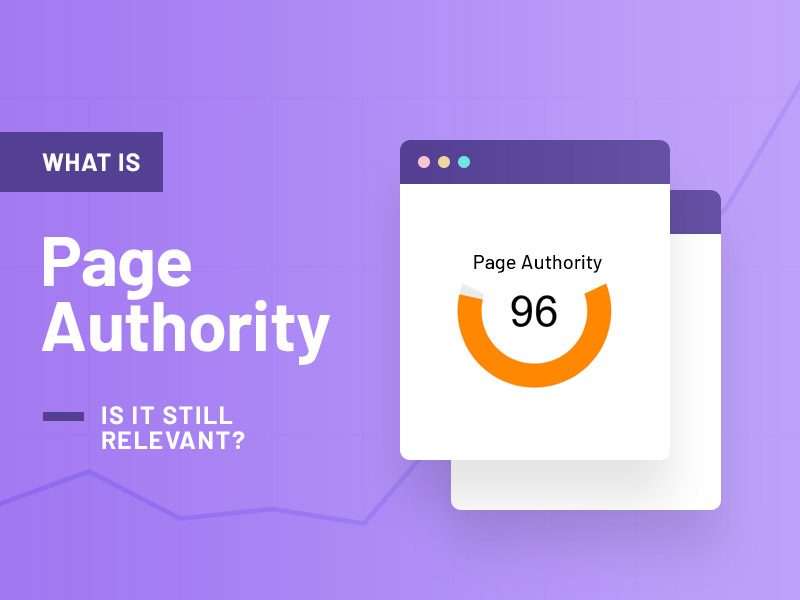It is quite unfortunate that once you think you have already mastered the art of Search Engine Optimization, other optimization stuff such as Semantic SEO comes out. Initially, SEO was effortless, requiring you to choose a keyword and use it throughout the content. This changed in 2015 following the introduction of RankBrain.
What is Semantic SEO?
Semantic SEO revolves around topics and how they relate to each other. Alternatively, it is all about how to satisfy the search intentions of all your visitors. The general goal of Semantic SEO is to respond to specific user intents. Do you know how to optimize content for Semantic SEO? Read through this article for more information.
What Does Semantic SEO Really Translate to?
It is vital to note that Semantic SEO does not focus on answering a single question. Its primary focus is to give solid answers to all the questions imposed by the users. Besides, it presents information in a hierarchical structure that makes the user analyze and comprehend without further struggles.
This creates a comprehensive room for the creation of more authoritative content displaying the user intent. With semantic SEO, you can easily create a complete content guideline without compromising quality standards having the reader in mind. Note that the content can also have web applications, video, and visual content.
The Impact of Semantic SEO on the Content Creation Process
Note that in Semantic SEO, keywords research tools have no use. In this case, you need to use a unique strategy for the content creation process. One of these strategies is using the PPCexpo that secures a significant position in terms of artificial intelligence and enhances a flow of natural language.
To be precise, whenever you are writing, think beyond keywords. Many focus on the key topics that you need to write about. Before getting set to begin the writing process, ensure that you have:
- Research the relevant subtopics that you will incorporate inside the content to improve ranking.
- Find and respond to all the questions that your audience is asking.
- Research the best internal links that will help readers and search engines.
- Analyze competition in the industry and identify the available content gaps.
Where Did Semantic SEO Come from?
Before you understand how to optimize your content for Semantic SEO, you need to learn a short story about where this optimization stuff came from. Let’s get started!
In the past, Search Engine Optimization mainly relied on singular keyword-focused algorithms. With time, other catalytic jumps such as Hummingbird, BERT, and Knowledge Graph dive into the market. Among the new jumps in the market, Knowledge Graph became a revolutionary tool to create Mindmap for Google to comprehend search queries’ full meanings.
Also, it has the capabilities to interpret the overall topic of web pages. The main reason behind the fall of the black-hat SEO technique keyword stuffing was its ability to only scan specific words rather than entire web pages. Since the system can understand the user intent, the context of the search terms is also judged against the existing search histories.
Understanding the evolution of SEO and its current landscape is crucial for any business looking to improve its online visibility. If you’re seeking professional guidance in this area, learning about how to choose an SEO company can be a valuable step in ensuring your strategies align with the latest advancements and ethical practices in SEO. This knowledge will help you navigate the complex world of SEO with more confidence and effectiveness.
The search engine is judged considering the relevance within the local and global parameters, thus adding context and relevance. This works in a manner that when you type a word in the search bar, it gives you better alternatives revolving around the word that you have entered.
This means that the first result to be portrayed will be precisely what you are looking for. In this case, Semantic SEO is a step forward in the aspect of google contextualization.
How to Optimize Your Content for Semantic SEO?
The primary aim of Google and other search engines is to respond to questions in the form of articles containing the most relevant information and answer other follow-up questions. Search engines are configured to understand the nature of human beings, especially when it comes to looking for information.
To be on a better end, you need to optimize your content for quality reasons and make it picked easily by search engines. However, you need to understand several things before you begin generating content. This includes:
- Understand the intent of the content.
- The types of the reader needs you are solving.
- The target audience.
Also, you need to understand why readers are browsing on the internet. It is either the reader wants to:
- Find something specific.
- Learn something.
- Buy something.
The breakdown above can help you generate specific content that is geared to a particular direction. Sometimes, most users browse because they are looking for answers to specific questions that they have. It is vital to understand the question being answered by the content you intend to create.
If you miss out on the points above, Google is likely to penalize you for not generating the type of content that is beneficial to the readers.
How to write content using Semantic SEO?
Semantic SEO is the process of crafting content that is optimized by search engines around various topics and specific keywords. Writing optimized content helps when it comes to ranking the content on semantic search engines. Initially, editors focused on specific keywords to generate optimized content.
In Semantic SEO, you need to focus on a broader set of topics apart from keywords making the entire content semantically relevant. Also, remember to use simple terms that the reader can easily comprehend without further struggles. Creating content that is well structured and organized is an important feature when it comes to SEO.
As much as you master the art of Semantic SEO, it becomes much easier to attain your content optimization goals and benefit your readers. This SEO strategy combines Content Hub and the Pillar Cluster Content that is systemized and defined as a single entity. The two mentioned are independent entities that make a comprehensive part of Semantic SEO.
However, it requires you to comprehend and figure out the deeper meaning of why individuals are searching for content. You need to think of how you will come up with a piece of content that nails directly to specific questions being asked by your target audience. This will help you create quality content in a regular and connected structure for every entity within the structure.
How to Extract Semantic Information from Google
It is no secret that natural language and Artificial Intelligence are the working models of SEO. Google uses Artificial Intelligence and Machine Learning techniques to classify queries and commands given out by the user. This combines them together, understands the page’s quality, and compares all the given answers depending on the question.
To extract Semantic information from Google, you need to focus on using more natural language since the algorithm can easily understand and categorize the content. For this reason, getting to know the kind of new technologies being used will place you on a better end when it comes to extracting semantic information on Google.
Alternatively, artificial intelligence methods are so much beneficial when extracting semantic information. It is vital to understand how the Google algorithms work to twist your questions to gather reliable answers. When using natural language, you can twist your words using different phrases to make what you are looking for more noticeable.
All you need to do is understand how to draw the relationship between your search and what you intend to get as the final output. This will increase the chances of getting the targeted information from different articles published online.
FAQs
How do you optimize your content for semantic search?
- Focus more on topics rather than keywords.
- Match your content with the search intent
- Incorporate specific keywords in your content.
- Consider optimizing the content for featured snippets.
- Incorporate structured data in your content.
How does semantic search impact SEO?
Semantic search plays a significant role when it comes to enhancing relevancy in search results. It adds complexity to the search results by displaying highly optimized content relevant to the user intent. Note that semantic search gives you a better way of approaching things such as keyword research and other complex features closely related to SEO.
What are the benefits of Semantic SEO?
Semantic SEO is an exceptional feature that helps you find the type of answers you are looking for. The primary benefit of Semantic SEO is boldly seen in query routing for search engines that offer better results. This connection conveys conversation-based search results that are relevant to users.
Final Verdict!
It is now clear that Semantic SEO is the giant in terms of Search Engine Optimization. This SEO model portrays an exceptional strategy that aids in the generation of high-quality content that ranks high in search engines. It comes with a bunch of techniques that act as added advantages when you want your content to be easily picked by search engines. Also, it gives advanced features when compared to the initial SEO strategy.
